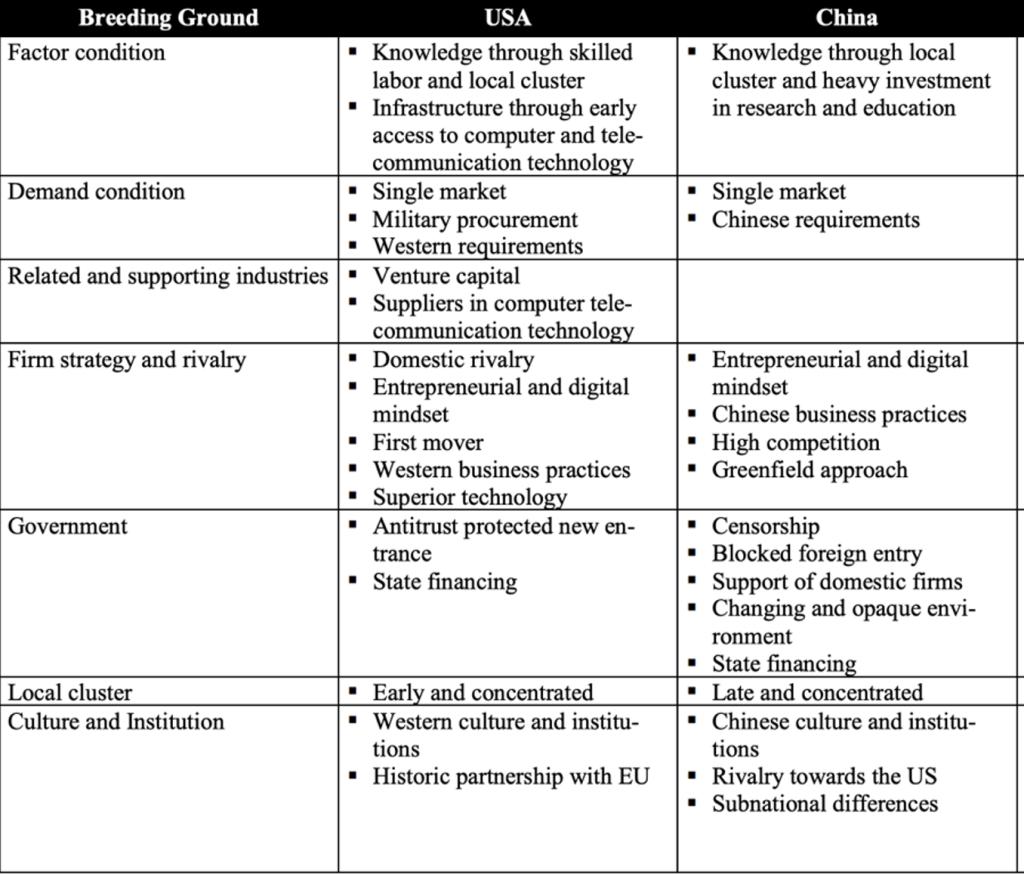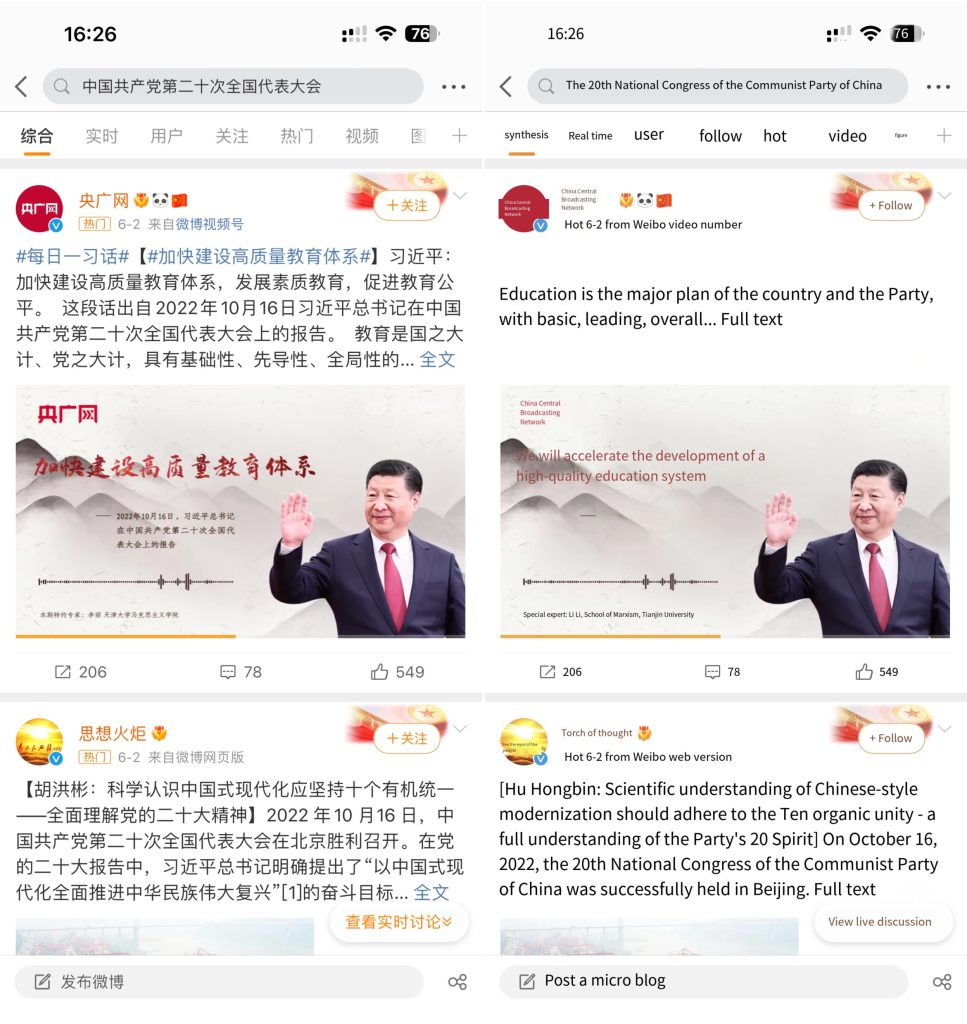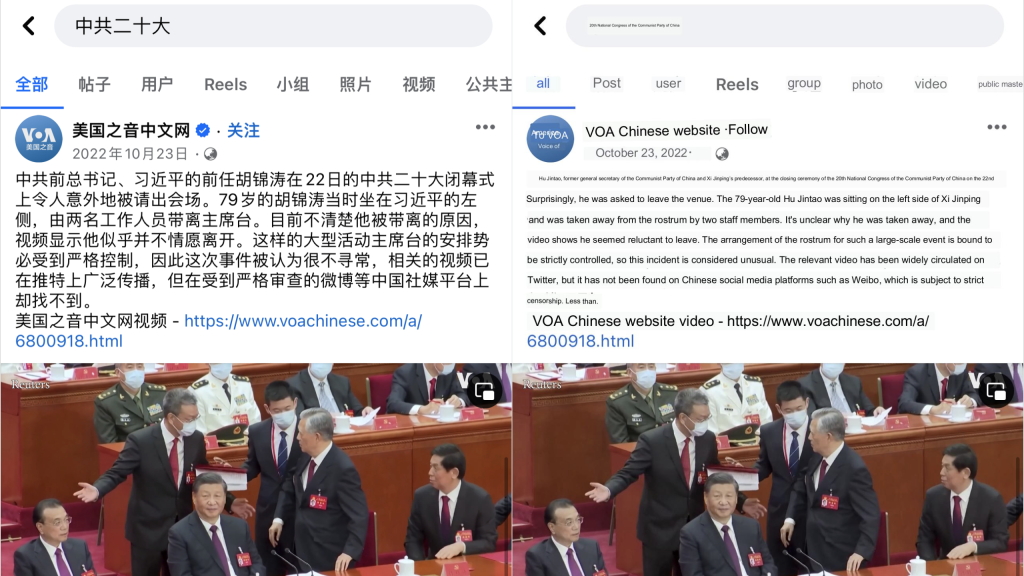Introduction
In the current society, the ubiquitous impact of the Internet and developments in technology have significantly influenced different aspects of everyday life. It offers opportunities for connectivity, convenience, and progress while also raising important issues about ethics, privacy, and the impact on individuals and society. Nevertheless, a 20th century principle ‘California ideology’ continues to influence the contemporary society profoundly. It fosters new business models and economic growth, and also has given rise to cooperative platforms globally (Hepp,2023). Some of native organizations utilizing blockchain technology, aligning closely with the principles of the California ideology (Hepp,2023). However, the global implementation of Californian ideology faces significant challenges, mainly stemming from variations in internet structures among nations. The following text delves into the distinctions between China and United states internet model, demonstrating the barriers that hinder the ideology’s global reach. Additionally, the text examines how these differences are exemplified in social media platforms on Weibo and Facebook.
Understanding of California ideology
The phrase “Californian Ideology” was originally introduced by Richard Barbrook and Andy Cameron during their occupation at the Hypermedia Research Centre located at the University of Westminster in London, at the time of its initial publication on September 1st,1995(Hepp,2023).
The key principle of the Californian ideology involves a combination of the free-wheeling spirit exhibited by the hippies and the entrepreneurial zeal demonstrated by the yuppies, with the ultimate aim of establishing a technologically advanced society where individuals have the opportunity to attain both cultural relevance and wealth (Hepp,2023). The term “free-wheeling spirit” refers to the desire of scholars to utilize information technology in order to establish “Jeffersonian democracy” (Barbrook & Cameron, 1996). This democracy enables individuals to freely express themselves within the realm of cyberspace, without any concerns of censorship. Besides, the Californian ideology places significant emphasis on the entrepreneurial spirit, asserting that every individual within the virtual class possesses the chance to attain success as a high-technology entrepreneur (Barbrook & Cameron, 1996).
The concept of empowering individuals and significantly diminishing the role of the nation-state is being discussed. These principles influence the current society dramatically as they drive the emergence of new business and economic growth. Cooperative platforms have emerged globally, with certain platforms evolving as network-native organizations utilizing blockchain technology, which is closely linked to the idea of Californian thinking (Hepp,2023). Moreover, the conceptual glue that connects the group and expresses its shared ambitions (Hepp,2023).

Variations in Internet structure
“American and Chinese flags” by futureatlas.com is licensed under CC BY 2.0.
There are exist significant disparities in the internet infrastructure among nations, which present obstacles to the global implementation of the Californian ideology. This text aims to analyze and draw comparisons between the Internet models of China and the United States.
China is commonly recognized as a nation characterized by bureaucratic governance, where the regulatory environment has limited transparency, rapid changes, and a preference for domestic organizations (Hermes et al., 2020). Thus, China owns a bureaucrat internet model also commonly understood as the Beijing paternal internet. This means the nation has self-sufficient internet platforms that it possesses its own significant technology businesses, namely Baidu, Alibaba, and Tencent, which enjoy a great deal of independence in developing innovative services. However, these companies cooperate closely with the government, engaging in an implicit national project aimed at establishing a dominant cyber force and effectively managing data management, search capabilities, e-commerce, and various forms of internet connectivity (O’Hara & Hall, 2020). In the bureaucratic model, the government exercises control over citizens’ internet access through censoring measures (O’Hara & Hall, 2020).
In contrast, the American internet structure has completely different views. The United States is a democratic nation characterized by a federal republic structure, wherein a democratic style of governance is implemented. Thus, the Unite states possess Silicon Valley open internet. In this framework, the free flow of information over the network promotes and is reinforced by the principles of free expression and unrestricted assembly (O’Hara & Hall, 2020). Besides, it is imperative for the government to facilitate the promotion of free speech avoiding any interference with the unrestricted spread of information by private actors.

Breeding Grounds of Digital Platforms by Hermes is marked with CC0 1.0
In order to provide a more comprehensive analysis of the various internet frameworks existing in the two countries, this text will Compare Weibo and Facebook. First of all, Weibo is a popular social media platform in China that combines elements of microblogging, social networking, and multimedia sharing. However, Weibo operates within the regulatory framework of the Chinese government, which includes censorship and content control. Facebook is a social media platform founded by Mark Zuckerberg and his college roommates in 2004. It has grown to become one of the largest and most influential social networking sites in the world (Hall, 2023). By conducting a search on the topic of “The 20th National People’s Congress of the Communist Party of China,” a comparison between these two platforms can be made.
On Weibo, the search results are constrained, and they all portray a positive image, showcasing President Xi Jinping’s efforts in implementing regulations that promote the growth of China and the well-being of its citizens.

The 20th national congress of the communist party of china by Weibo is marked with CC0 1.0
While, when it comes to Facebook, it demonstrates different views. The search results indicating the presence of internal conflicts between Xi Jinping and the prior president. These sensitive political events are not available in any Chinese social media platforms.

The 20th national congress of the communist party of china by Facebook is marked with CC0 1.0
Challenges to global implementation
Besides the variations of internet structure among nations, the global implementation of Californian ideology is challenging due to two dominant factors. First, there are limited internet access and connectivity among developing countries. According to research, despite having the second-largest online market globally, India becomes the highest count of individuals without internet connectivity. Surprisingly,50% of the Indians remains without access to the internet (World Economic Forum,2020). China, ranges in second place, with more than 582 million people lacking internet connectivity, primarily because the significant rural population (World Economic Forum,2020). It is accounts for 39% of the country’s total population. This situation presents a huge obstacle to the spread of the Californian ideology.
Another significant aspect to consider is government regulations. The Chinese authorities have historically maintained strict control over both conventional and modern media to prevent any potential dangers to their authority. In April 2010, the Chinese government made modifications to its law regarding the protection of state secrets, further strengthening its management over the flow of information (Xu,2014). The revision enhances the demands placed on internet firms to collaborate with Chinese government when investigating the exposure of sensitive state data (Xu,2014). Consequently, the California ideology finds no opportunities to emerge in Chinese society, let alone an opportunity for implementation.
Conclusion:
In conclusion, the Californian ideology continues to shape the current digital world, advocating for a free and open internet that empowers individuals. The ideology’s influences are evident in the emergence of new business models and platforms, promoting economic growth and technological development.
However, the global implementation is unrealistic, primarily due to the disparities in internet structures in nations. China’s bureaucrat internet model, characterized by tight government regulation and censorship, contrasts sharply with the Silicon Valley open internet in the United States, which emphasizes free speech and information flow.
Moreover, the challenges of limited internet access in developing countries and government regulations pose huge obstacles to the ideology’s widespread adoption.
As the digital society rises, the tension between openness and control remains a central theme. I personally claim that openness and control are both essential for current society as individuals should have rights to be exposed to transparent information flow including political issues. While appropriate regulations on the social media could mitigate social issues like widespread of hate speeches. Therefore, the California ideology’s global reach will depend on navigating the challenges discussed above, fostering a digital world that aligns more closely with its principles of freedom, entrepreneurship, and individual empowerment.

Reference List:
American and Chinese flags | Openverse. (n.d.). https://openverse.org/image/4acdcf98-14a7-4d1d-b910-3363b1a474d4?q=Chinese%20flag
Barbrook, R., & Cameron, A. (1996, January). The Californian ideology. Science as Culture, 6(1), 44–72. https://doi.org/10.1080/09505439609526455
Hepp, A. (2023, June 22). Afterlives of the Californian Ideology| Afterlives of the Californian Ideology: Tech Movements, Pioneer Communities, and Imaginaries of Digital Futures—Introduction. Hepp | International Journal of Communication. https://ijoc.org/index.php/ijoc/article/view/21405
Hermes, S., Clemons, E., Schreieck, M., & Krcmar, H. (2020, May 7). Breeding Grounds of Digital Platforms: Exploring the Sources of American Platform Domination, China’s platform Self-Sufficiency, and Europe’s Platform Gap. ResearchGate. https://www.researchgate.net/publication/341219517_Breeding_Grounds_of_Digital_Platforms_Exploring_the_Sources_of_American_Platform_Domination_China’s_Platform_Self-Sufficiency_and_Europe’s_Platform_Gap
Log in or sign up to view. (n.d.). https://www.facebook.com/
Sina Visitor System. (n.d.). https://weibo.com/login.php
These are the countries where internet access is lowest. (2020, August 17). World Economic Forum. https://www.weforum.org/agenda/2020/08/internet-users-usage-countries-change-demographics/
U. M. D. S. C. (2020, October 15). The Californian Ideology. YouTube. https://www.youtube.com/watch?v=fpjQdUkJPO8
O’Hara, K., & Hall, W. (2020, February 24). Four internets. Communications of the ACM, 63(3), 28–30. https://doi.org/10.1145/3341722
Xu, B. (2014, September 25). Backgrounders media censorship in China – ETH Z. https://www.files.ethz.ch/isn/177388/Media%20Censorship%20in%20China.pdf